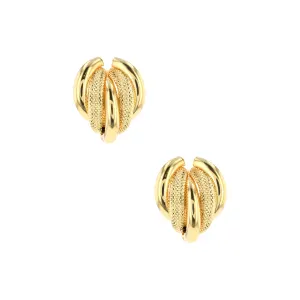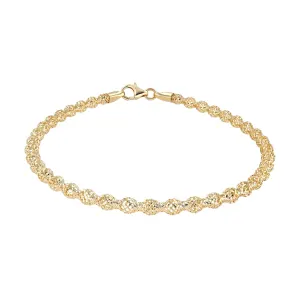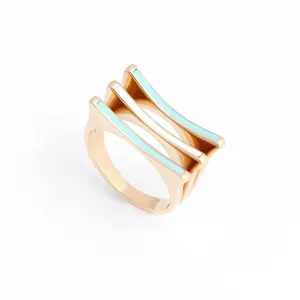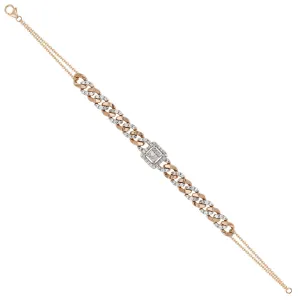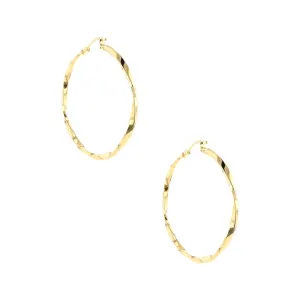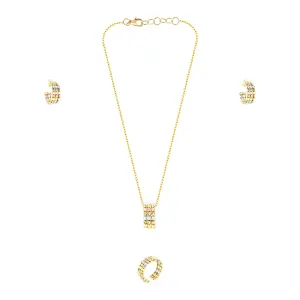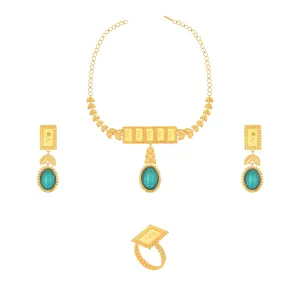Why Doesn't Gold Rust? The Secret of Eternal Shine
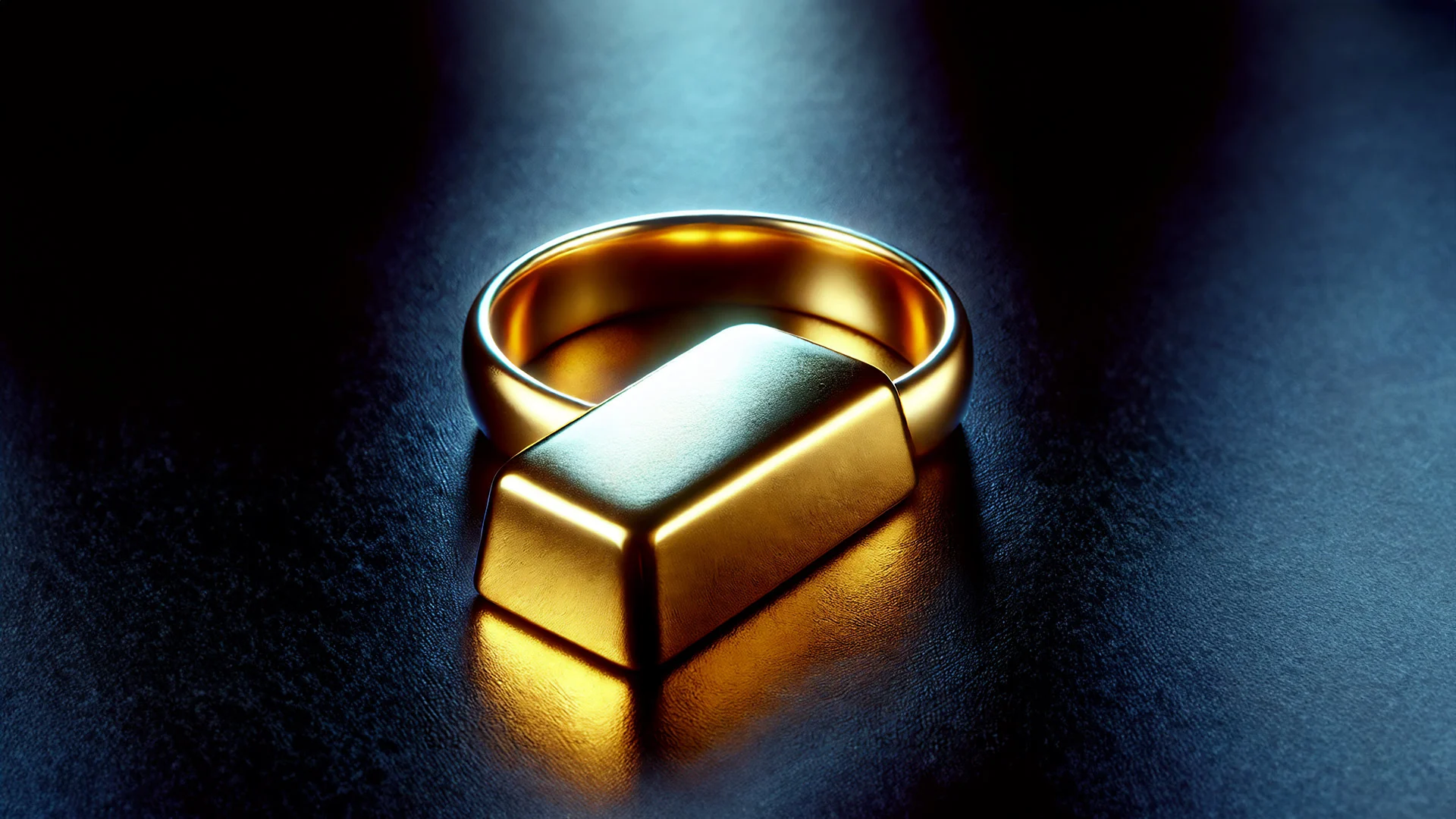
Gold is one of the most renowned and widely used metals in the world, not only for its aesthetic and economic value but also for its unique chemical properties that set it apart from other metals. You may wonder why gold does not rust like iron or copper. What are the scientific reasons that make this metal retain its luster over the years without corroding or changing in form? In this article, we will dive into the chemical properties of gold, explore why it is one of the most stable metals, and how these properties have made it the ideal choice for jewellery and investment across the ages.
What is Rust and How Does it Occur?
To understand why gold doesn't rust, we must first grasp what rust is and how it happens. Rust is a chemical process that occurs when metals react with oxygen and water. In most cases, oxygen bonds with a particular metal to form metal oxides. For example, when iron is exposed to water or moisture in the air, it reacts with oxygen to form iron oxide, known as rust. This rust leads to the deterioration of the metal and its properties over time.
Other metals, such as copper, also undergo oxidation processes and turn into what is known as copper oxide (the green patina that forms on old copper). However, gold is fundamentally different from these metals as it does not react with oxygen or water, making it completely resistant to corrosion or rust.
Why Doesn’t Gold Rust?
Gold’s resistance to rust is due to its chemical makeup. As a noble metal (classified alongside platinum and silver), gold is highly inert. It doesn’t easily bond with oxygen or other reactive elements, which is why it doesn’t corrode or tarnish over time. Gold is one of the least reactive metals on the periodic table, which accounts for its stability.
The Chemistry of Gold
Gold has a very stable electron configuration, meaning its outer electrons are not easily available for bonding with other elements like oxygen. This high level of stability prevents it from undergoing oxidation—the chemical process that leads to rust in other metals. Iron and copper, on the other hand, have more reactive electron configurations, making them susceptible to oxidation and, subsequently, rust.
Gold in Nature: A Rare and Stable Element
Gold’s rarity and stability in nature make it exceptional. While it can be found in small quantities in rocks or streams, gold remains in its pure, metallic form without corroding or altering its appearance. Even when exposed to air or water for centuries, gold retains its original sheen and brilliance, a quality unmatched by most other metals.
Applications of Gold in Daily Life
Because of its resistance to tarnishing and corrosion, gold is widely used in various fields, especially jewellery and electronics. Its ability to remain unchanged over time makes it the perfect material for crafting luxury items and for technical purposes where durability is essential.
- Jewellery: Gold is prized for its beauty and long-lasting luster, making it the top choice for wedding bands, necklaces, and heirloom pieces that can be passed down through generations.
- Electronics: Gold is also a superb conductor of electricity and doesn’t degrade, making it indispensable in the production of high-end electronics, such as smartphones and computers.
- Medicine: In the medical field, gold is used in certain medical implants and treatments due to its biocompatibility and non-reactive nature.
- Investment: As a form of currency and a store of value, gold’s resistance to decay makes it a reliable investment, particularly in times of economic instability.
Gold and Gemstones: A Timeless Partnership
Gold’s resistance to rust also makes it a perfect match for gemstones like diamonds, sapphires, and emeralds. Its durability and compatibility with precious stones allow gold to enhance the beauty of these gems, creating timeless jewelry pieces. This pairing has been cherished across cultures and eras, symbolizing luxury and elegance.
Gold as a Symbol of Eternity
Throughout history, gold has been used in religious artifacts, royal treasures, and even burial sites due to its symbolic association with immortality. Since gold doesn’t corrode, ancient civilizations viewed it as a representation of eternal life. From the tombs of pharaohs to modern Olympic medals, gold remains a symbol of enduring value and glory.
Gold as an Investment
Beyond its beauty, gold serves as a safe investment. In times of economic uncertainty, people often turn to gold to preserve their wealth, as it doesn’t degrade or lose value like paper currency. Its stability and resistance to rust make it a reliable asset, particularly during market fluctuations.
Conclusion: A Metal That Never Loses Its Shine
Gold is much more than just a precious metal—it’s a symbol of beauty, permanence, and value. Unlike other metals that are vulnerable to rust and corrosion, gold’s unique chemical properties allow it to remain untarnished and radiant for millennia. Whether used in jewellery, technology, or as a financial safeguard, gold’s lasting brilliance ensures its place as one of the most cherished and reliable materials in human history.

